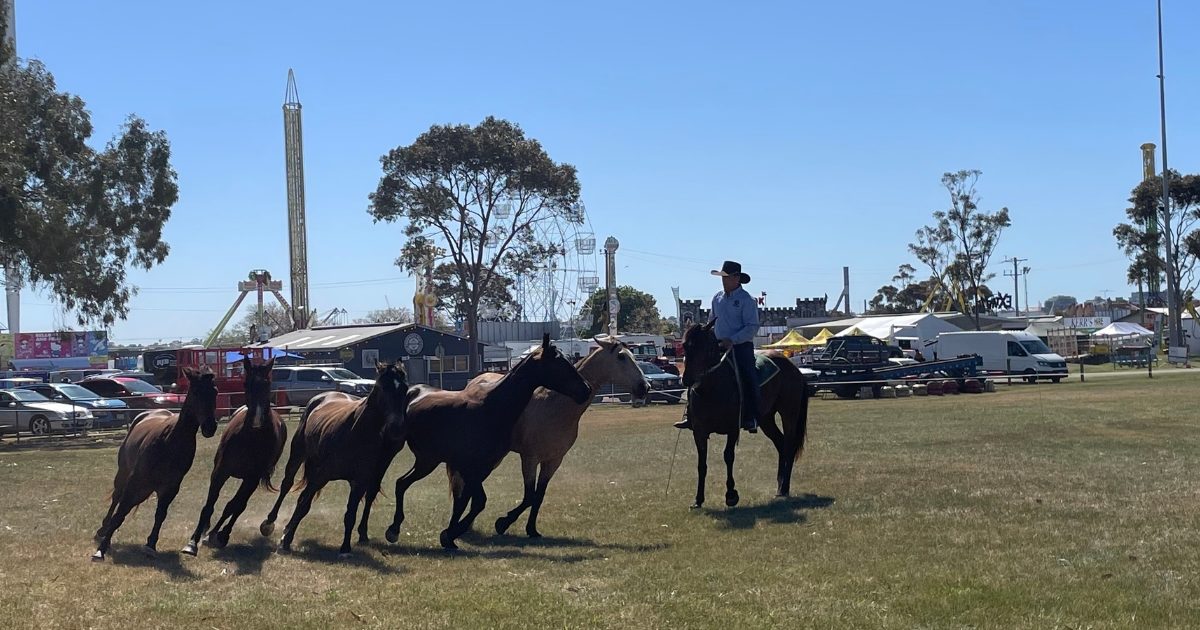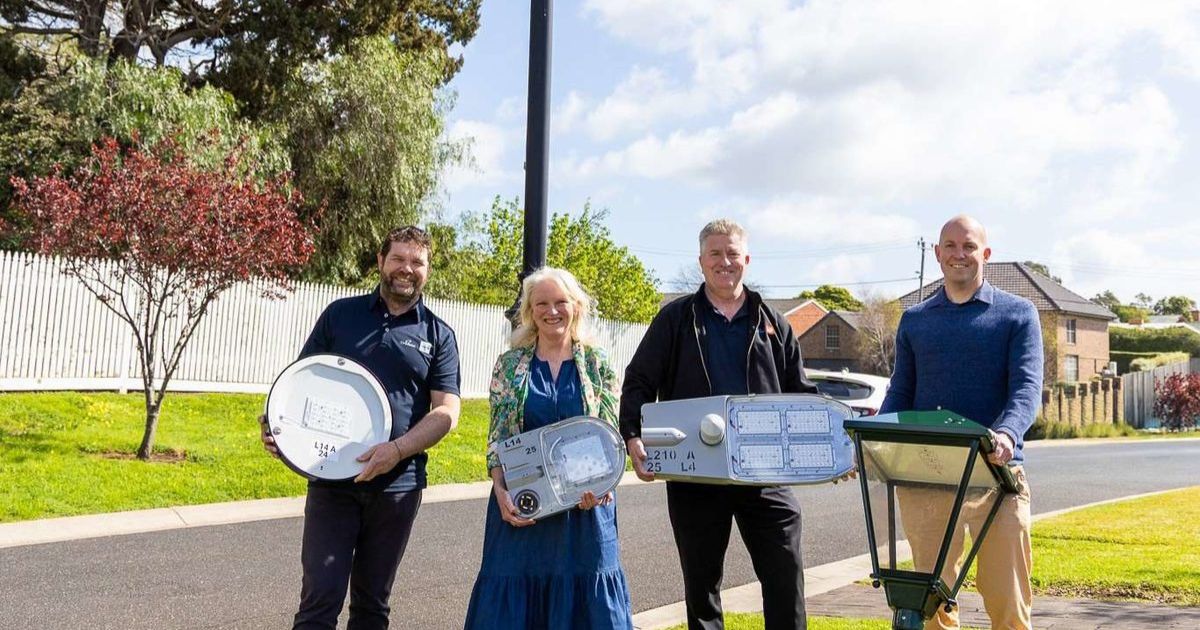QR tech to be a great help to swimming Chinese tourists

An example of one of the QR codes to be placed at beaches along the Great Ocean Road. Once scanned on a smartphone, the user will be sent straight to a landing webpage containing water safety information (like instructions to swim between the flags) and educational resources in Chinese.
QUICK Response (QR) Codes are being added to water safety signs on the Great Ocean Road as part of a trial to deliver vital water safety and education information to Chinese tourists, through a federal government funded initiative led by Life Saving Victoria (LSV).
Victoria recorded 26 drowning deaths over summer, only two deaths below the tragic 1997/98 summer record of 28 drownings. This comes as record numbers of people flock to the Great Ocean Road, with annual visitation predicted to rise from six million to 8.6 million in the next 10 years.
G’Day Friends QR codes will be placed at Torquay, Eastern View, Anglesea, Fairhaven, Lorne and Apollo Bay.
Once scanned on a smartphone, the user will be sent straight to a landing webpage containing water safety information and educational resources in Chinese.
“QR codes allow Chinese visitors get beach safety information in their native language, based on their geographic location,” LSV aquatic risk and research project co-ordinator Rhiannon Birch said.
She has spent the past six years researching drowning figures for the Surf Coast and conducting numerous beach surveys during the summer months.
“The aim is to intercept visitors in a beach location and present them with vital water safety education and information.
“Our research shows some tourists and foreign language speakers can otherwise miss this, as well as under-estimating the alluring, yet often-dangerous coastal waterways.”
As well as being one of Australia’s most popular tourist destinations, the Surf Coast is one of Victoria’s most at-risk for drowning – with 15 drowning deaths occurring between July 2001 and June 2017.
LSV is collaborating with councils, foreshore committees, G’Day Friends China Customer Success, local business associations, visitor centres and Emergency Management Victoria to complete the trial and will evaluate the effectiveness of the codes on water safety message knowledge and recall.
“QR codes were chosen because they are convenient and very popular with the Chinese market – the key target group for this pilot,” Ms Birch said.
“If successful, this pilot can be replicated for other languages and in other tourist regions frequented by Chinese visitors.”
For more information, scan the QR Code shown here or head to gdayfriends.com/lorne.

















